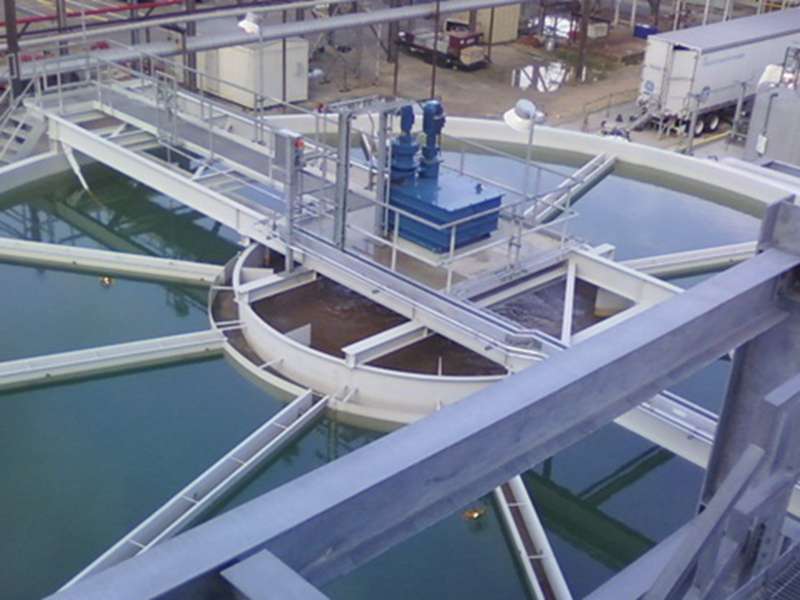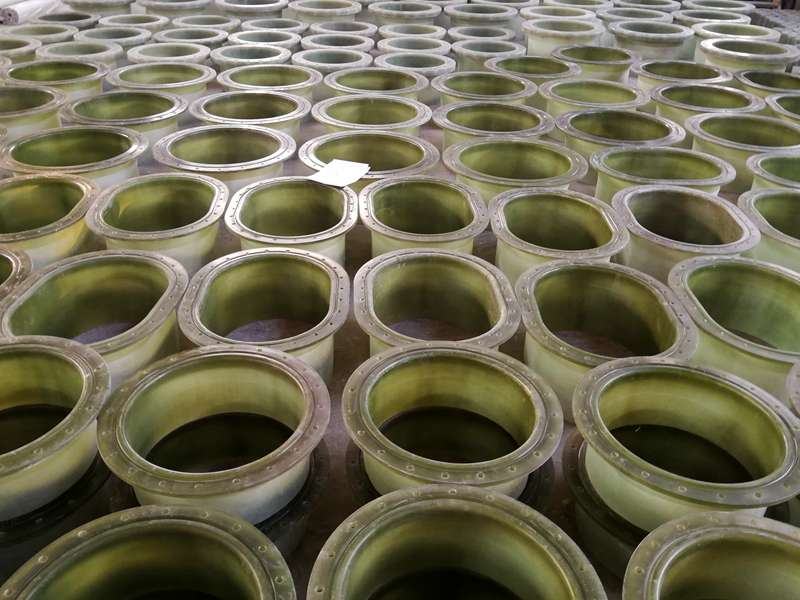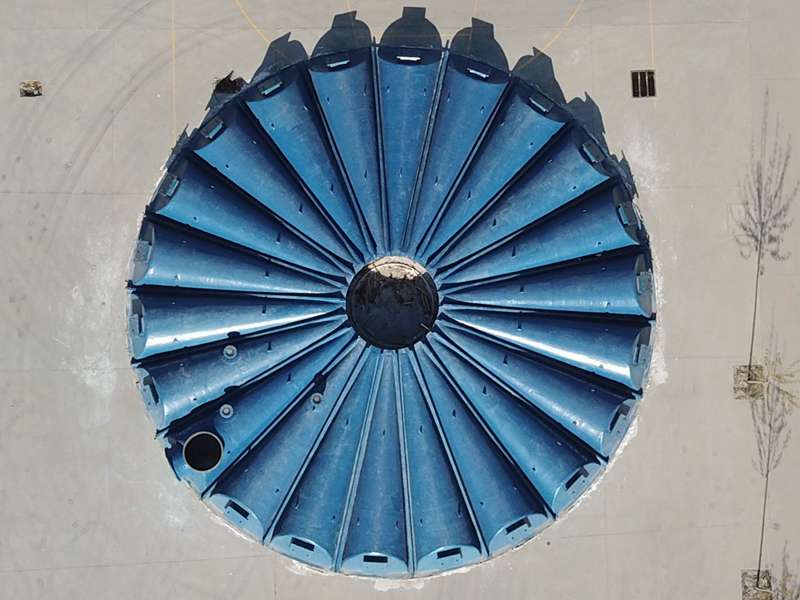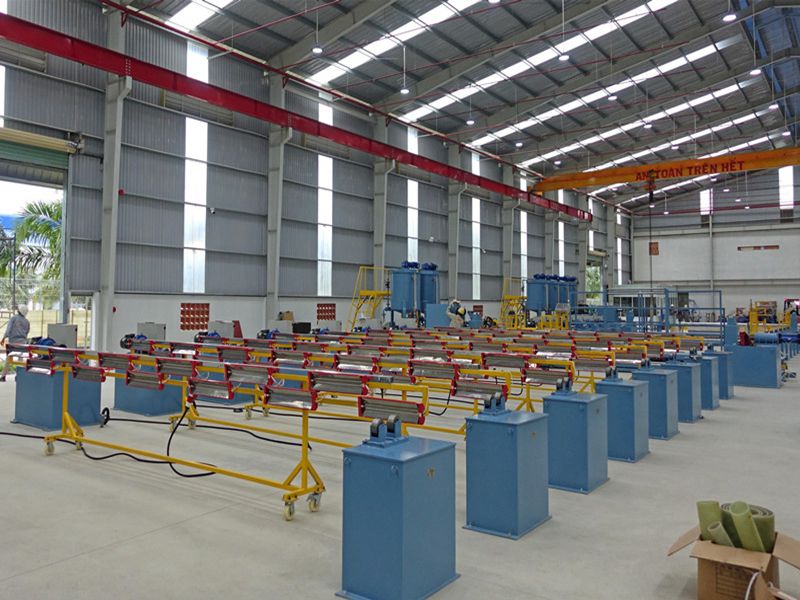
-
 Afrikaans
Afrikaans -
 Albanian
Albanian -
 Amharic
Amharic -
 Arabic
Arabic -
 Armenian
Armenian -
 Azerbaijani
Azerbaijani -
 Basque
Basque -
 Belarusian
Belarusian -
 Bengali
Bengali -
 Bosnian
Bosnian -
 Bulgarian
Bulgarian -
 Catalan
Catalan -
 Cebuano
Cebuano -
 China
China -
 China (Taiwan)
China (Taiwan) -
 Corsican
Corsican -
 Croatian
Croatian -
 Czech
Czech -
 Danish
Danish -
 Dutch
Dutch -
 English
English -
 Esperanto
Esperanto -
 Estonian
Estonian -
 Finnish
Finnish -
 French
French -
 Frisian
Frisian -
 Galician
Galician -
 Georgian
Georgian -
 German
German -
 Greek
Greek -
 Gujarati
Gujarati -
 Haitian Creole
Haitian Creole -
 hausa
hausa -
 hawaiian
hawaiian -
 Hebrew
Hebrew -
 Hindi
Hindi -
 Miao
Miao -
 Hungarian
Hungarian -
 Icelandic
Icelandic -
 igbo
igbo -
 Indonesian
Indonesian -
 irish
irish -
 Italian
Italian -
 Japanese
Japanese -
 Javanese
Javanese -
 Kannada
Kannada -
 kazakh
kazakh -
 Khmer
Khmer -
 Rwandese
Rwandese -
 Korean
Korean -
 Kurdish
Kurdish -
 Kyrgyz
Kyrgyz -
 Lao
Lao -
 Latin
Latin -
 Latvian
Latvian -
 Lithuanian
Lithuanian -
 Luxembourgish
Luxembourgish -
 Macedonian
Macedonian -
 Malgashi
Malgashi -
 Malay
Malay -
 Malayalam
Malayalam -
 Maltese
Maltese -
 Maori
Maori -
 Marathi
Marathi -
 Mongolian
Mongolian -
 Myanmar
Myanmar -
 Nepali
Nepali -
 Norwegian
Norwegian -
 Norwegian
Norwegian -
 Occitan
Occitan -
 Pashto
Pashto -
 Persian
Persian -
 Polish
Polish -
 Portuguese
Portuguese -
 Punjabi
Punjabi -
 Romanian
Romanian -
 Russian
Russian -
 Samoan
Samoan -
 Scottish Gaelic
Scottish Gaelic -
 Serbian
Serbian -
 Sesotho
Sesotho -
 Shona
Shona -
 Sindhi
Sindhi -
 Sinhala
Sinhala -
 Slovak
Slovak -
 Slovenian
Slovenian -
 Somali
Somali -
 Spanish
Spanish -
 Sundanese
Sundanese -
 Swahili
Swahili -
 Swedish
Swedish -
 Tagalog
Tagalog -
 Tajik
Tajik -
 Tamil
Tamil -
 Tatar
Tatar -
 Telugu
Telugu -
 Thai
Thai -
 Turkish
Turkish -
 Turkmen
Turkmen -
 Ukrainian
Ukrainian -
 Urdu
Urdu -
 Uighur
Uighur -
 Uzbek
Uzbek -
 Vietnamese
Vietnamese -
 Welsh
Welsh -
 Bantu
Bantu -
 Yiddish
Yiddish -
 Yoruba
Yoruba -
 Zulu
Zulu
Exploring the Impact of Innovative Drilling Bits on Gold Mining Efficiency and Productivity
The Role of Drilling Bits in Gold Mining
Gold mining has been a pivotal aspect of civilization, driving economies and shaping cultures for centuries. As the demand for gold continues to rise, so does the need for efficient and effective extraction methods. One of the crucial components in this process is the drilling bit, which plays a key role in accessing the gold-rich deposits buried beneath the earth's surface. This article explores the significance of drilling bits in gold mining, their types, and advancements in technology.
Understanding Drilling Bits
Drilling bits are tools used for penetrating hard ground, making them essential in various mining operations. In gold mining, these bits help extract samples from the earth, allowing miners to determine the location and quantity of gold deposits. The efficiency and effectiveness of gold extraction largely depend on the type of drilling bit used.
Types of Drilling Bits
There are several types of drilling bits employed in gold mining, each designed for specific geological conditions
1. Diamond Core Bits These are the most widely used bits for gold mining, especially in hard rock formations. They feature small diamond particles that allow for precise drilling and minimal wear, making them ideal for extracting high-quality core samples.
2. Roller Cone Bits Also known as tri-cone bits, these are designed for rotary drilling. They have three conical rollers that crush rock as they rotate. Roller cone bits are versatile and can be used in various geological conditions, making them popular for initial exploratory drilling.
3. PDC Bits (Polycrystalline Diamond Compact) These bits are made from synthetic diamonds and are known for their durability and speed. PDC bits are often used in softer formations and can cover large areas quickly, making them suitable for large-scale mining operations.
gold mining drilling bits
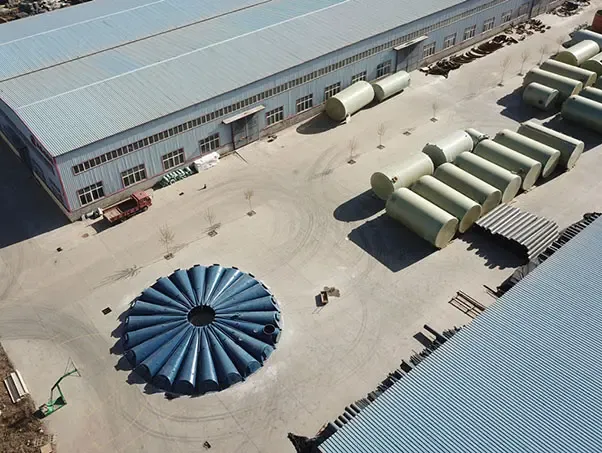
4. Auger Bits Primarily used in placer gold mining, auger bits are effective in soft soil conditions. They remove material in a continuous fashion, allowing for quick access to shallow deposits.
Advancements in Technology
With the advent of new technologies, drilling bits have undergone significant improvements over the years. Innovations such as advanced materials and cutting-edge designs have enhanced their performance and durability. For instance, the integration of computer simulations allows engineers to optimize the shape and structure of drilling bits for specific geological environments. This has resulted in increased efficiency, reduced downtime, and lower operational costs.
Additionally, the introduction of automated drilling systems has transformed gold mining practices. These systems can operate with minimal human intervention, increasing safety and precision while maximizing productivity. Modern drilling rigs equipped with telemetry systems can monitor drill parameters in real-time, allowing for immediate adjustments and reducing the risk of equipment failures.
Environmental Considerations
As gold mining operations expand, environmental concerns have come to the forefront. The use of advanced drilling technologies can help mitigate some of these impacts. For instance, precision drilling reduces the disturbance to surrounding ecosystems, and better sample analysis minimizes the need for extensive excavation. Sustainable practices, such as recycling drilling fluids and properly managing waste, are also being integrated into modern mining operations.
Conclusion
Drilling bits are an indispensable part of gold mining, serving as the gateway to accessing valuable mineral deposits. The evolution of these tools reflects the ongoing advancements in mining technology, improving efficiency and reducing the environmental footprint of mining activities. As gold continues to hold its value in global markets, optimizing drilling methodologies will be crucial for meeting demand while maintaining responsible and sustainable practices in the industry. The future of gold mining undoubtedly lies in the innovation and refinement of drilling technologies, paving the way for new discoveries and more effective extraction methods.
Latest news
-
Exploring the Benefits of Top Hammer Drifter Rods for Enhanced Drilling PerformanceNewsJun.10,2025
-
High-Precision Fiberglass Winding Machine for GRP/FRP Pipe Production – Reliable & Efficient SolutionsNewsJun.10,2025
-
FRP Pipes & Fittings for Shipbuilding - Corrosion-Resistant & LightweightNewsJun.09,2025
-
Premium FRP Flooring Solutions Durable & Slip-ResistantNewsJun.09,2025
-
Premium Fiberglass Rectangular Tanks Durable & Lightweight SolutionNewsJun.09,2025
-
Tapered Drill String Design Guide Durable Performance & UsesNewsJun.09,2025



